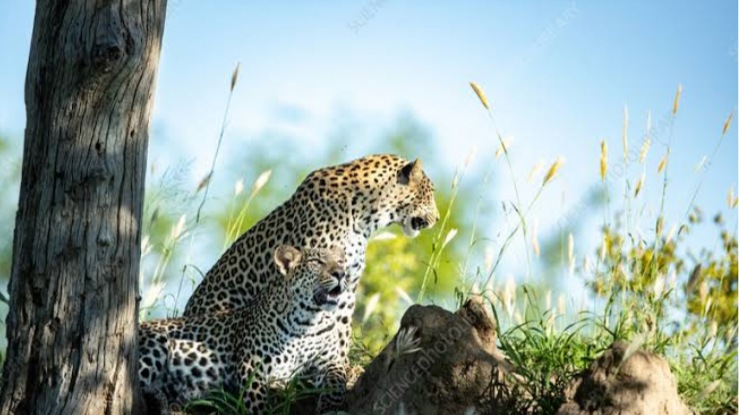
Leopards are fascinating big cats known for their adaptability, strength, and beauty. Here are some interesting facts about leopard species –
Leopard Subspecies
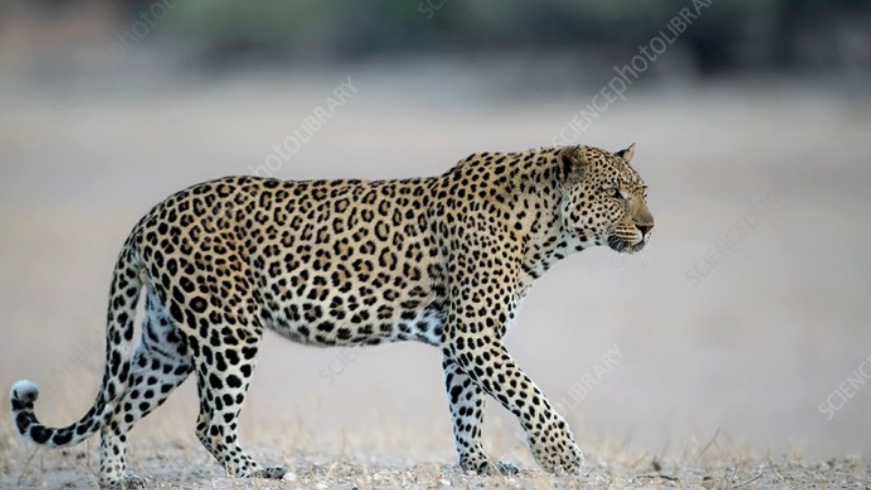
- African Leopard
Found across sub-Saharan Africa. Most widely distributed leopard subspecies.
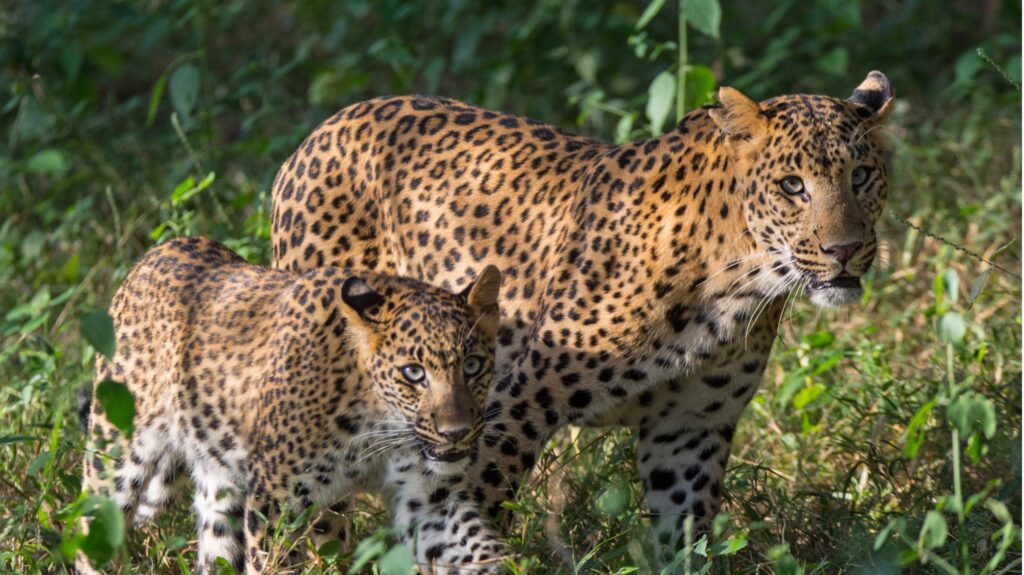
- Indian Leopard
Found in the Indian subcontinent. Known for living in proximity to human settlements.

- Javan Leopard
Endemic to the island of Java, Indonesia.Critically endangered due to habitat loss.
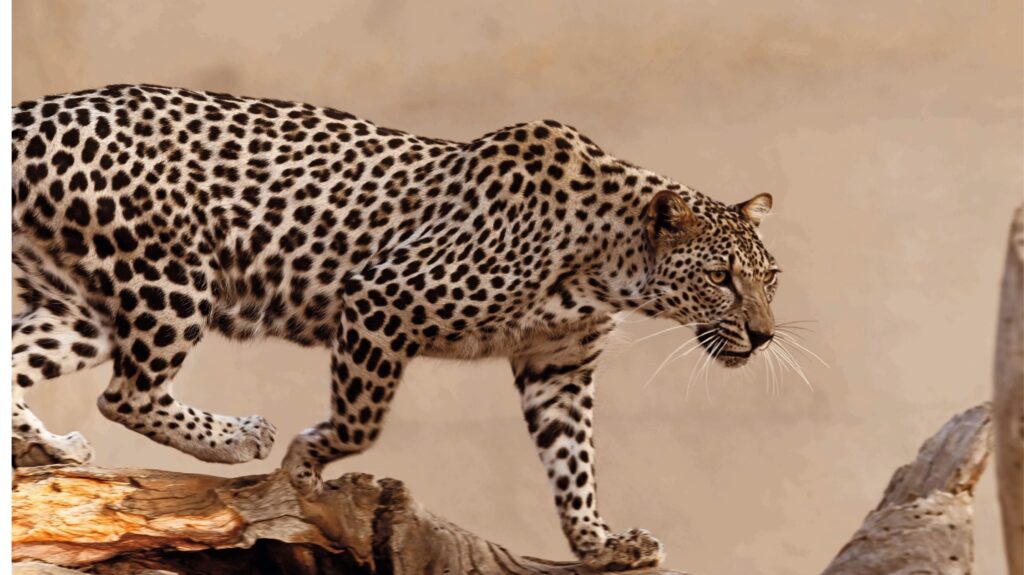
- Arabian Leopard
Found in the Arabian Peninsula Smallest leopard subspecies and critically endangered.
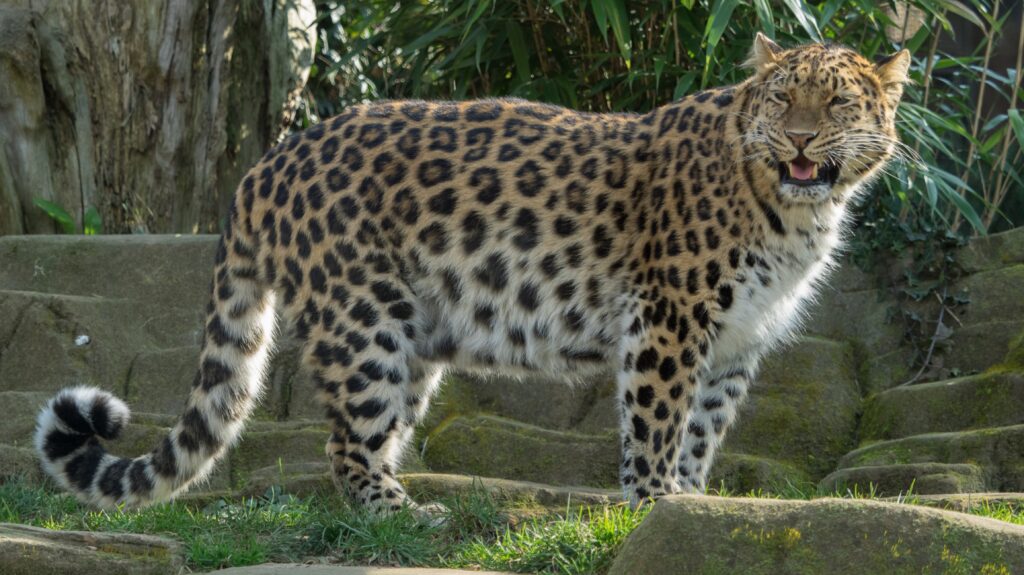
- Amur Leopard
Native to the Russian Far East and northeastern China. Critically endangered with fewer than 120 individuals in the wild.
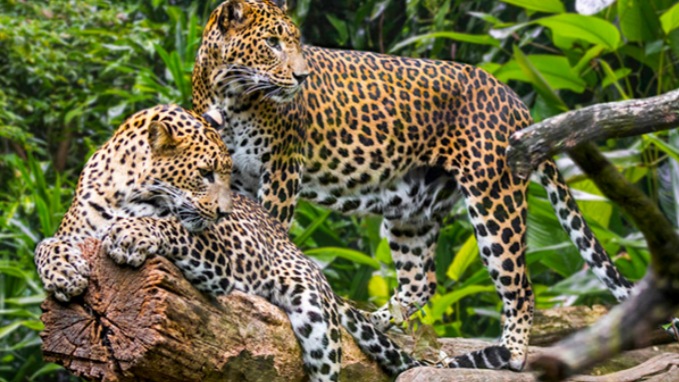
- Sri Lankan Leopard
Endemic to Sri Lanka Considered a top predator in its habitat.
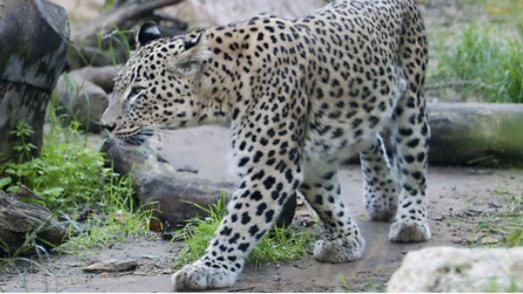
- Persian Leopard
Found in Iran, Afghanistan, and the Caucasus region Largest leopard subspecies.
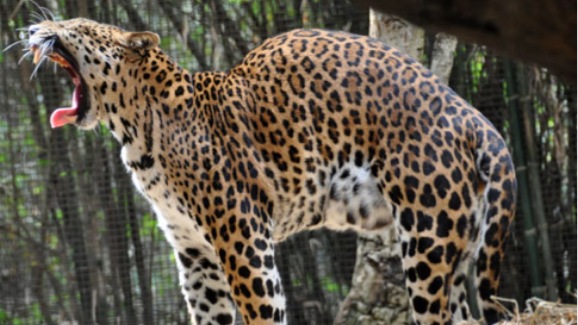
- Indochinese Leopard
Found in Southeast Asia Populations are declining due to deforestation and poaching.
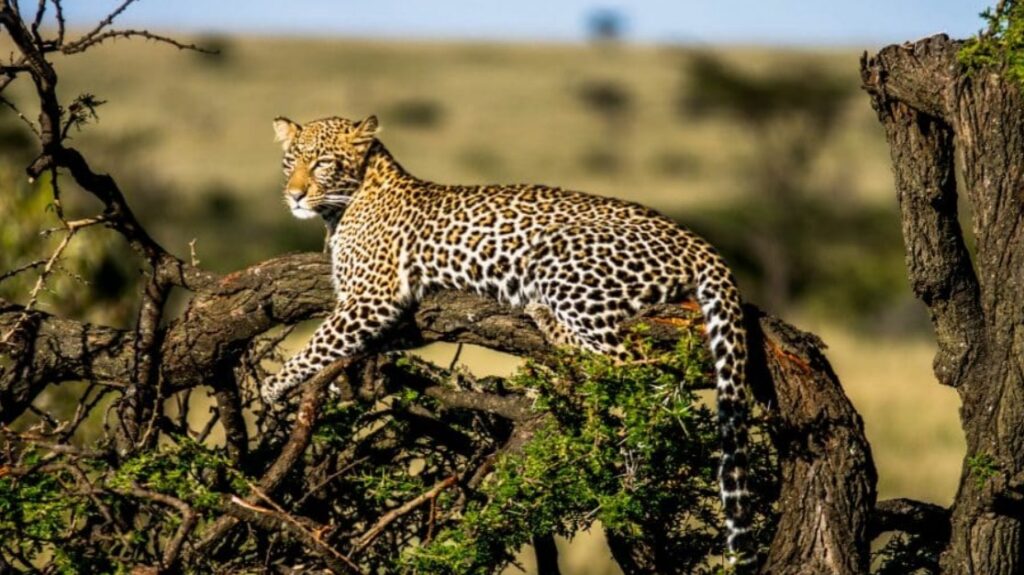
- African Forest Leopard
Found in dense African forests.Known for its smaller size and elusive behavior.
Interesting Facts About Leopards are –
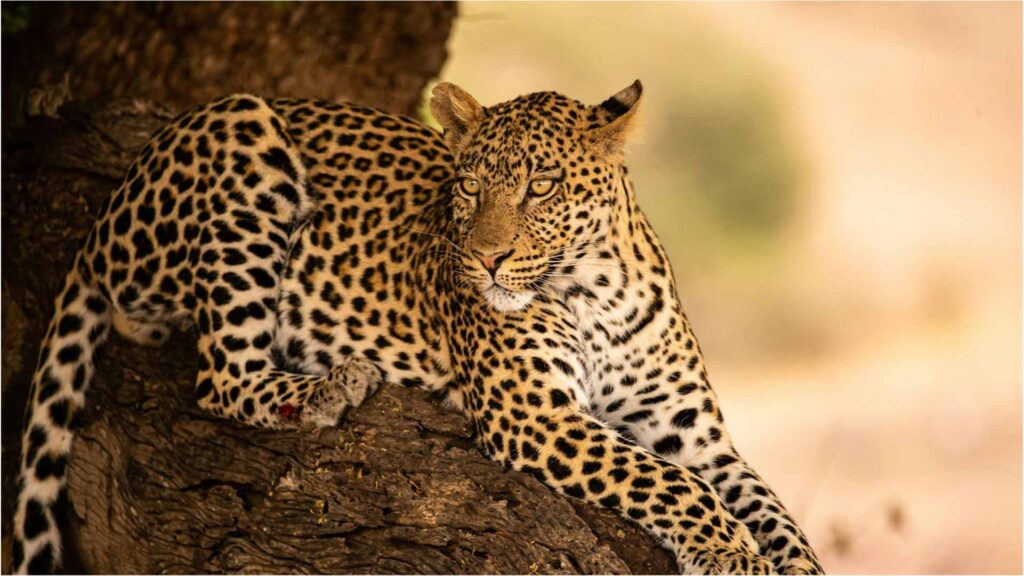
1. Leopards can thrive in diverse habitats, including savannas, forests, mountains, and deserts.
2. Leopards are strong climbers and often drag prey up trees to protect it from scavengers.
3. Each leopard has a unique arrangement of rosettes, which helps them camouflage in their environment.
4. Leopards are solitary animals, marking their territories with scent markings and scratches on trees.
5. Leopards are primarily nocturnal, using their excellent night vision and stealth to hunt.
6. Leopards are opportunistic hunters and have a diverse diet, ranging from small birds to large ungulates.
7. Unlike many cats, leopards are strong swimmers and often cross rivers or hunt near water.
8. Leopard can run up to 58 km/h over short distances.
9. Leopards live about 12–17 years in the wild and longer in captivity.
10. Many subspecies are threatened due to habitat loss, poaching, and human-wildlife conflict. Conservation efforts are underway globally to protect them.
